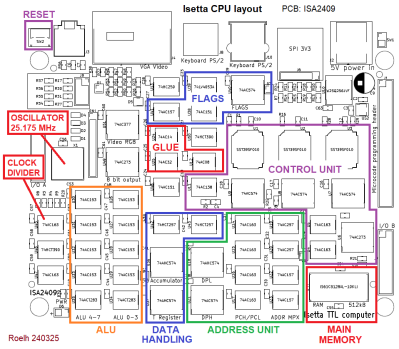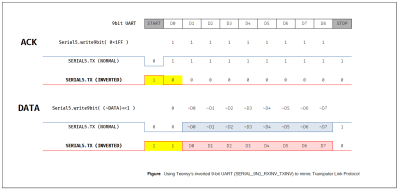Our Hackaday colleague [Bil Herd] is known for being the mind behind the Commodore 128, a machine which famously had both a 6502 and a Z80 processor on board. The idea of a machine which could do the job of both those processors in hardware while containing neither would have blown the mind of any 1980s computer enthusiast, yet that’s exactly what [Roelh]’s Isetta TTL computer does. It’s an extremely clever design whose targeted microcode allows the processor-swap trick, and since he’s brought it from prototype to production and has it running SymbOS since we last saw it, it’s time we gave it another look.

The video below the break shows the machine in action, with the Windows 95-like SymbOS GUI running a series of sound tests in the emulated AY-3-8910 sound generator, as well as a Lemmings-like game. It also runs Sinclair ZX Spectrum software, giving it access to a huge library.
We were lucky enough to see some of this in person when we encountered it for a second time on our travels during the summer — and it’s just as impressive in the real as it looks in the video. The feeling really hits you of how this would have blown away anything on the 8-bit market in 1985, made more impressive by the silicon in use being not too far from what was available at the time.
We’re told you can now buy one for yourself as a kit, and we’re looking forward to seeing it generate an ecosystem. We’re particularly curious as to whether that retargetable microcode could allow it to support other archetctures of the day.
Our original coverage can be read here, and we’ve also touched upon SymbOS.



















